Fossil Bonanza
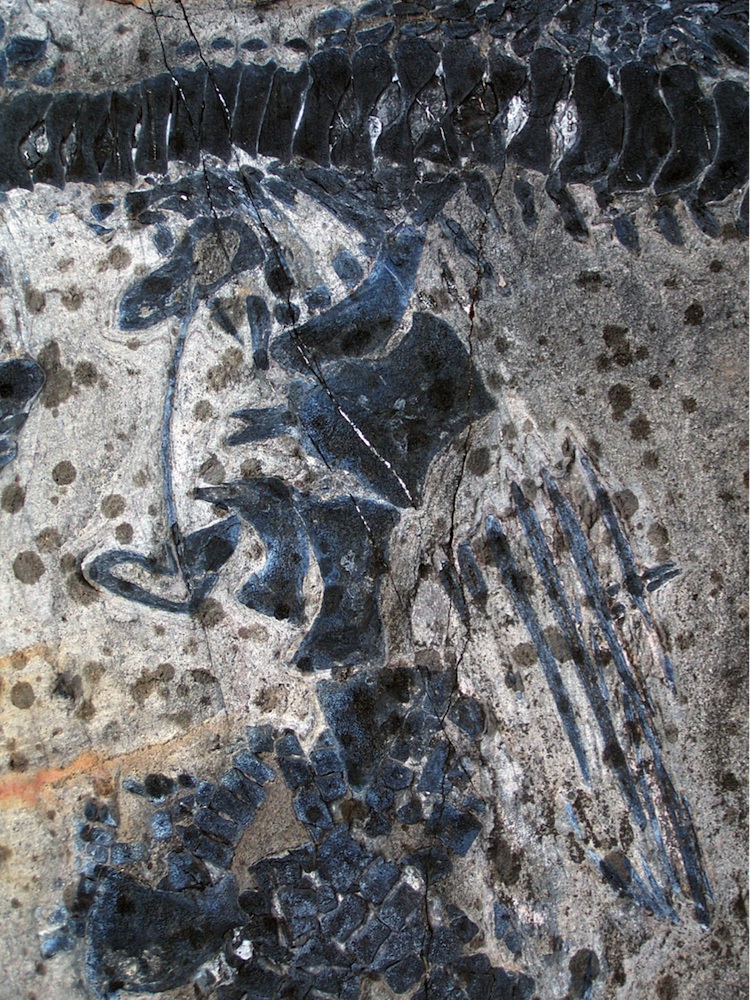
(Image credit: Wolfgang Stinnesbeck)
Dozens of nearly complete fossils of marine reptiles known as ichthyosaurs were found in sedimentary rock near the Tyndall glacier in southern Chile.
‘Fish Lizards’
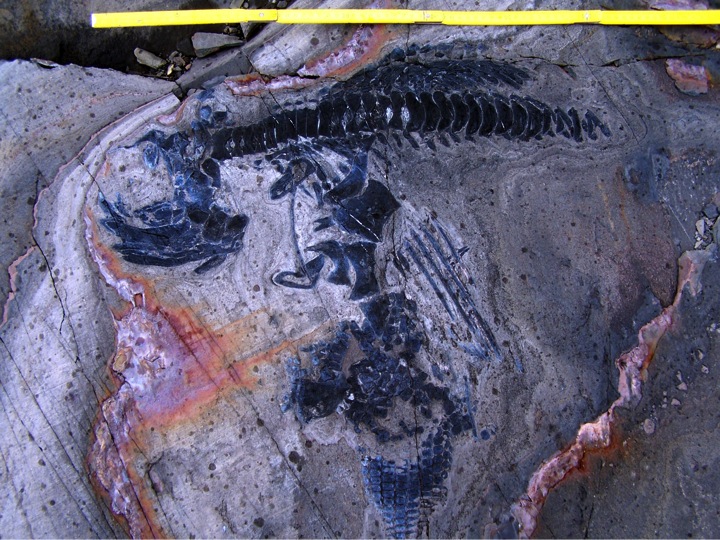
(Image credit: Wolfgang Stinnesbeck)
Ichthyosaurs, whose Greek name means “fish lizards,” were a group of large, fast-swimming marine reptiles that lived during the Mesozoic Era, about 245 to 90 million years ago.
Well-Preserved Skeletons
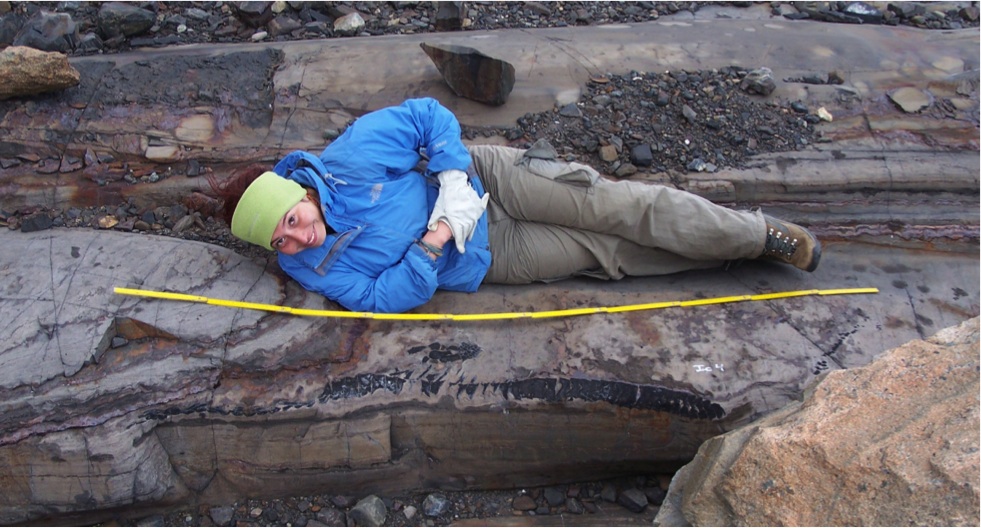
(Image credit: Eberhard Frey)
The team found fossils from juveniles as well as adults, with the largest more than 16 feet long (5 meters). The skeletons were extremely well preserved — some even retained soft tissues.
Muddy Demise
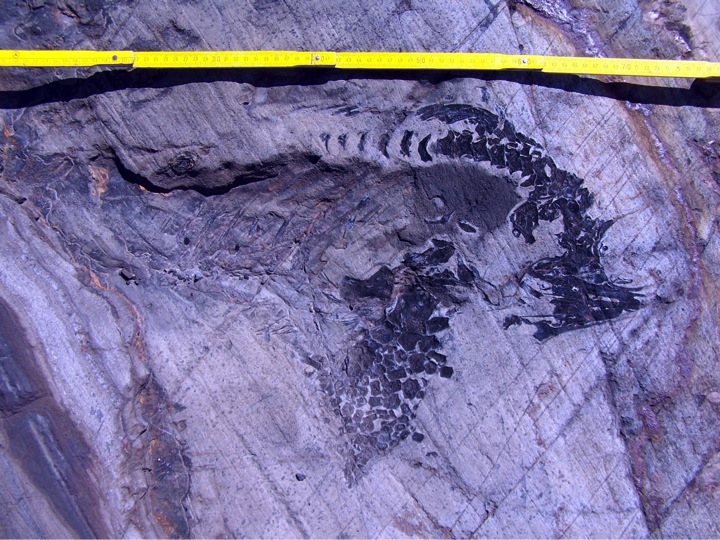
(Image credit: Judith Pardo Perez)
Probably killed during a series of catastrophic mudslides, the creatures were preserved in deep-sea sediments that were later exposed by the melting glacier, the researchers say.
Tyndall Glacier
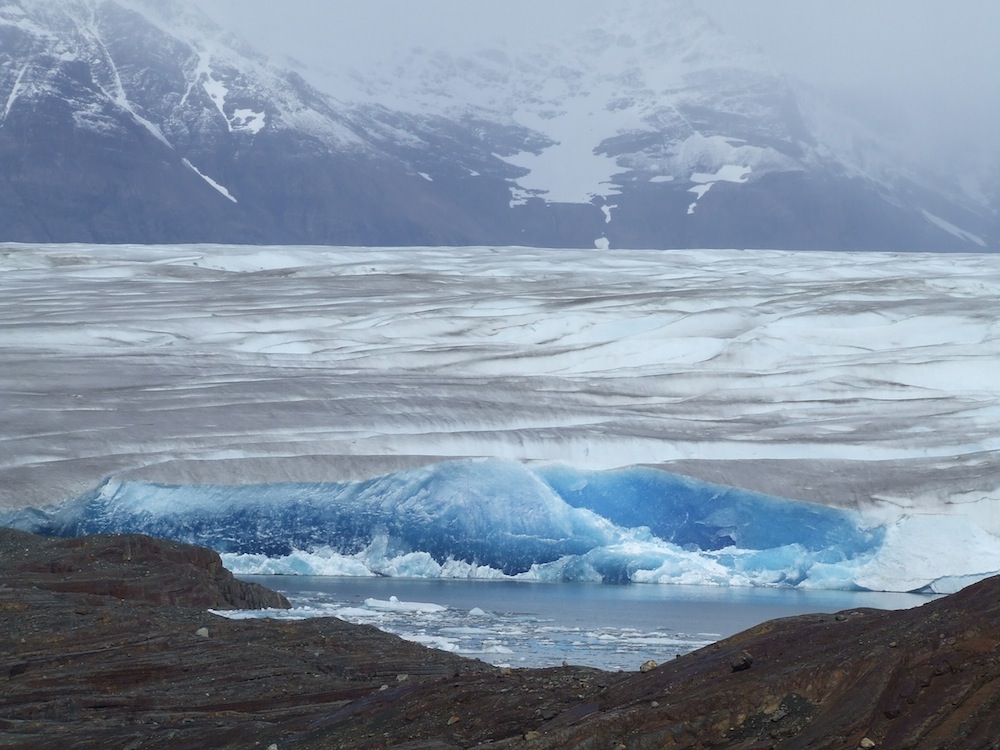
(Image credit: Wolfgang Stinnesbeck)
Stinnesbeck and his team found the early Cretaceous (100 to 150 million years old) specimens near the Tyndall Glacier in the Torres del Paine National Park in Chile.
Fossils Emerge
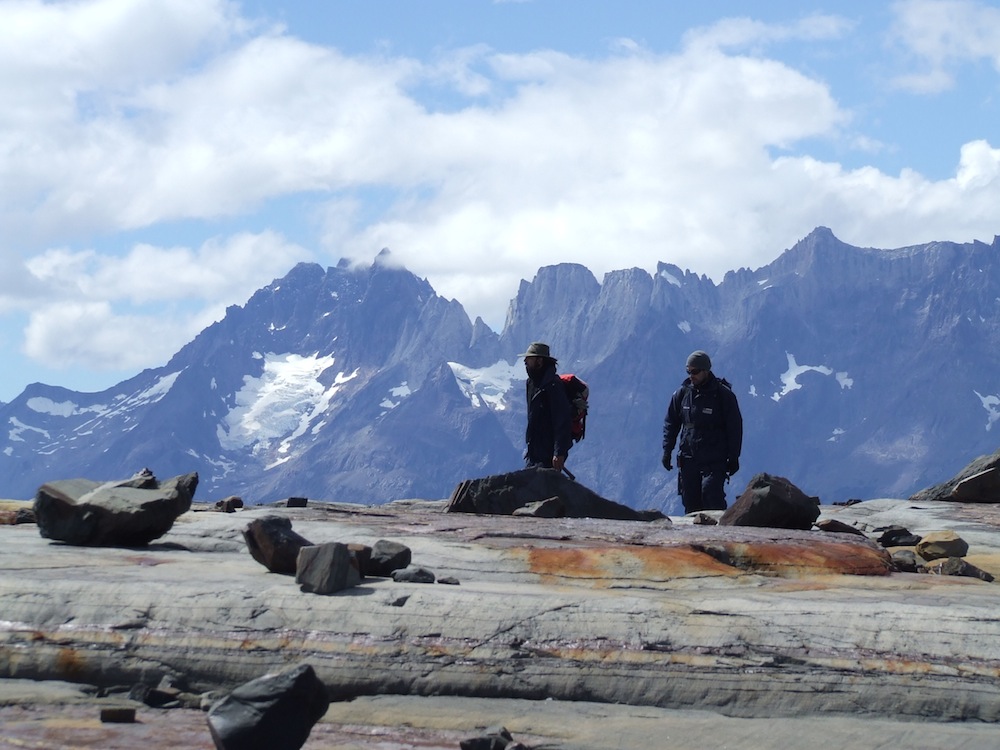
(Image credit: Wolfgang Stinnesbeck)
As the glacier melted, the rock containing the fossils became exposed, Stinnesbeck told Live Science.
Stay up to date on the latest science news by signing up for our Essentials newsletter.
Tanya was a staff writer for Live Science from 2013 to 2015, covering a wide array of topics, ranging from neuroscience to robotics to strange/cute animals. She received a graduate certificate in science communication from the University of California, Santa Cruz, and a bachelor of science in biomedical engineering from Brown University. She has previously written for Science News, Wired, The Santa Cruz Sentinel, the radio show Big Picture Science and other places. Tanya has lived on a tropical island, witnessed volcanic eruptions and flown in zero gravity (without losing her lunch!). To find out what her latest project is, you can visit her website.